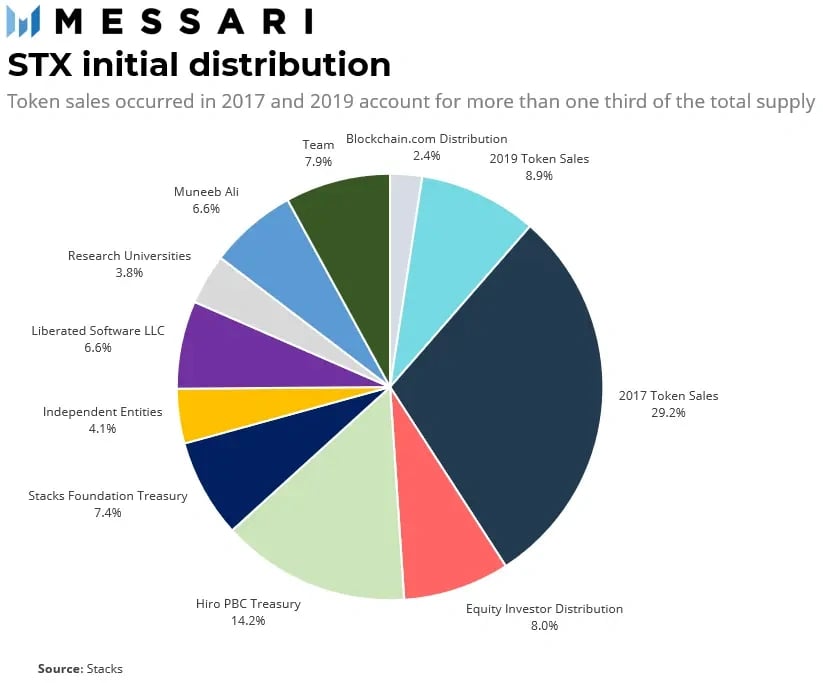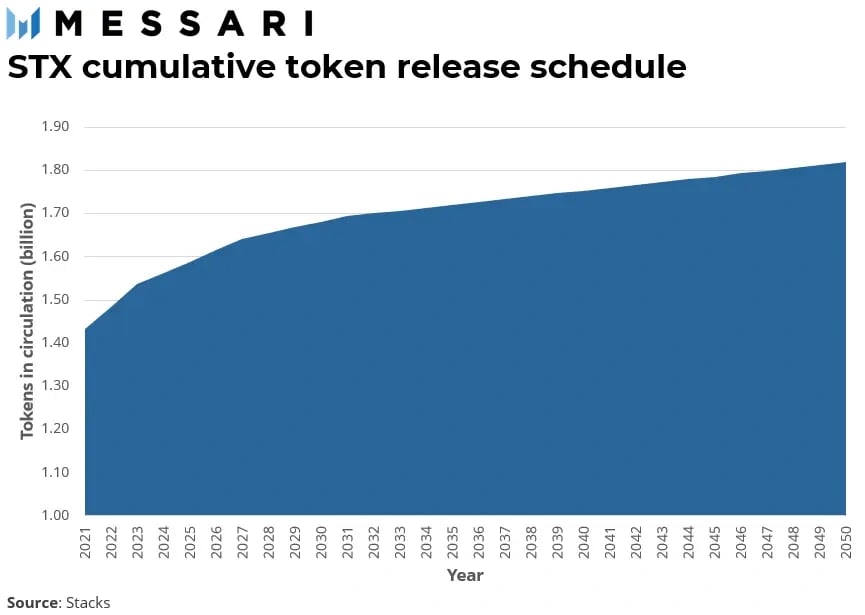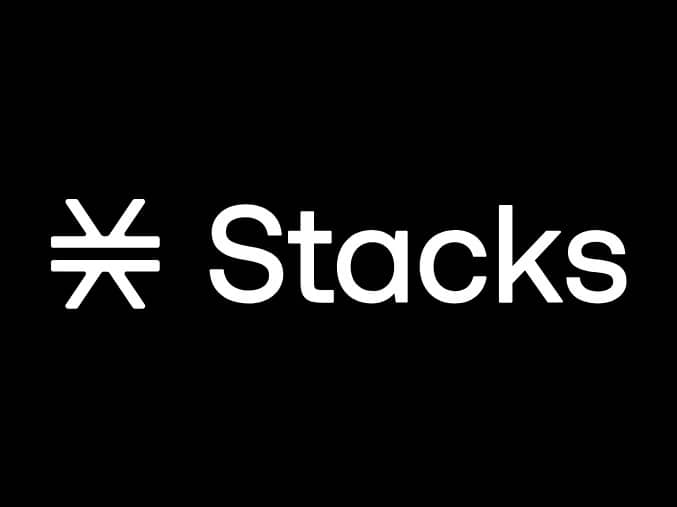Subscribe to wiki
Share wiki
Bookmark
STX (token)
The Agent Tokenization Platform (ATP):Build autonomous agents with the Agent Development Kit (ADK)
STX (token)
The STX token is the native token of the Stacks platform. It is utilized for the execution of smart contracts, the processing of transactions, and the registration of new digital assets on the Bitcoin protocol. [1]
Overview
STX is designed to be used as fuel to execute smart contracts written using Clarity, the official programming language of Stacks. STX holders can participate in consensus and earn Bitcoin rewards by locking their tokens through a process called Stacking. To participate in Stacking, STX holders must run a full node and lock their STX, with the earning rate depending on various factors, including the percentage of liquid supply that participates. For instance, if 50% of the liquid supply participates, the earning rate can be approximately 9%, assuming other parameters remain constant. [2]
Furthermore, the long-term value of Stacks is linked to the demand for Clarity smart contracts and the growth of the Stacks network. To deploy a Clarity smart contract on the network, users must pay STX as the fuel or gas fee. The fee that users pay for their transactions to be included in a block on the blockchain network is also known as the gas fee. [2]
Mining
Stacks miners utilize Bitcoin to mine STX tokens, and Stacks holders can earn BTC by locking their STX, making STX a cryptocurrency that is natively priced at Bitcoin and offers BTC earnings. [2]
STX miners send transactions on the Bitcoin blockchain to participate in leader elections. A verifiable random function (VRF) then randomly selects the leader of each round, with greater weightage given to higher BTC bids. The new leader then writes the new block on the Stacks chain. [2]
STX miners receive newly minted STX in the form of transaction fees, and the fees for executing Clarity contracts are also paid in STX. Miners express the cost of mining in BTC and spend BTC to participate in the leader election. The BTC that miners bid for the election is sent to a specific address corresponding to STX token holders participating in consensus, allowing the Bitcoin consumed in the mining process to be used as a reward based on the Stacks holder's holdings of STX. [2]
Stacking
Stacking is a mechanism within the Stacks blockchain ecosystem that rewards STX token holders who actively engage in the consensus process called Proof of Transfer (PoX). Participants in Stacking referred to as Stackers, receive BTC rewards sent by the protocol from miners whenever a new block is mined, recognizing their contribution to the network's value. Eligible Stackers typically receive BTC rewards approximately once per Stacking cycle (e.g., 7 days, subject to potential changes). The Stacks Earning Model can help estimate potential BTC rewards from Stacking participation. Stack holders can engage in Stacking using the Stacks Wallet version 4.x or higher, as well as other applications and services offered by various entities. Direct participation in Stacking requires a dynamic minimum amount of STX (approximately 100,000k STX upon mainnet, subject to fluctuation based on overall participation and supply). Alternatively, Stacks holders who do not meet this minimum can utilize third-party Stacking delegation services, enabling them to pool their holdings with others for collective participation. [4]
Tokenomics
The Stacks cryptocurrency has 1.32 billion STX in the Genesis block. The distribution has been rolled out through an initial coin offering in 2017 where Stacks raised approximately $ 47 million and investors purchased STX at $ 0.12. In 2019, two SEC-regulated coin offerings occurred: the Reg S offering raised $ 7.6 million with an STX price of $ 0.25 whereas the Reg A+ offering raised $ 15.5 million with an STX price of $ 0.3. [3]

In October 2020, the Stacks economic policy was updated to switch from an adaptive burn-and-mint mechanism to a decreasing issuance model. This change aims to produce a future supply of around 1,818 million by 2050.

See something wrong?
The Agent Tokenization Platform (ATP):Build autonomous agents with the Agent Development Kit (ADK)
